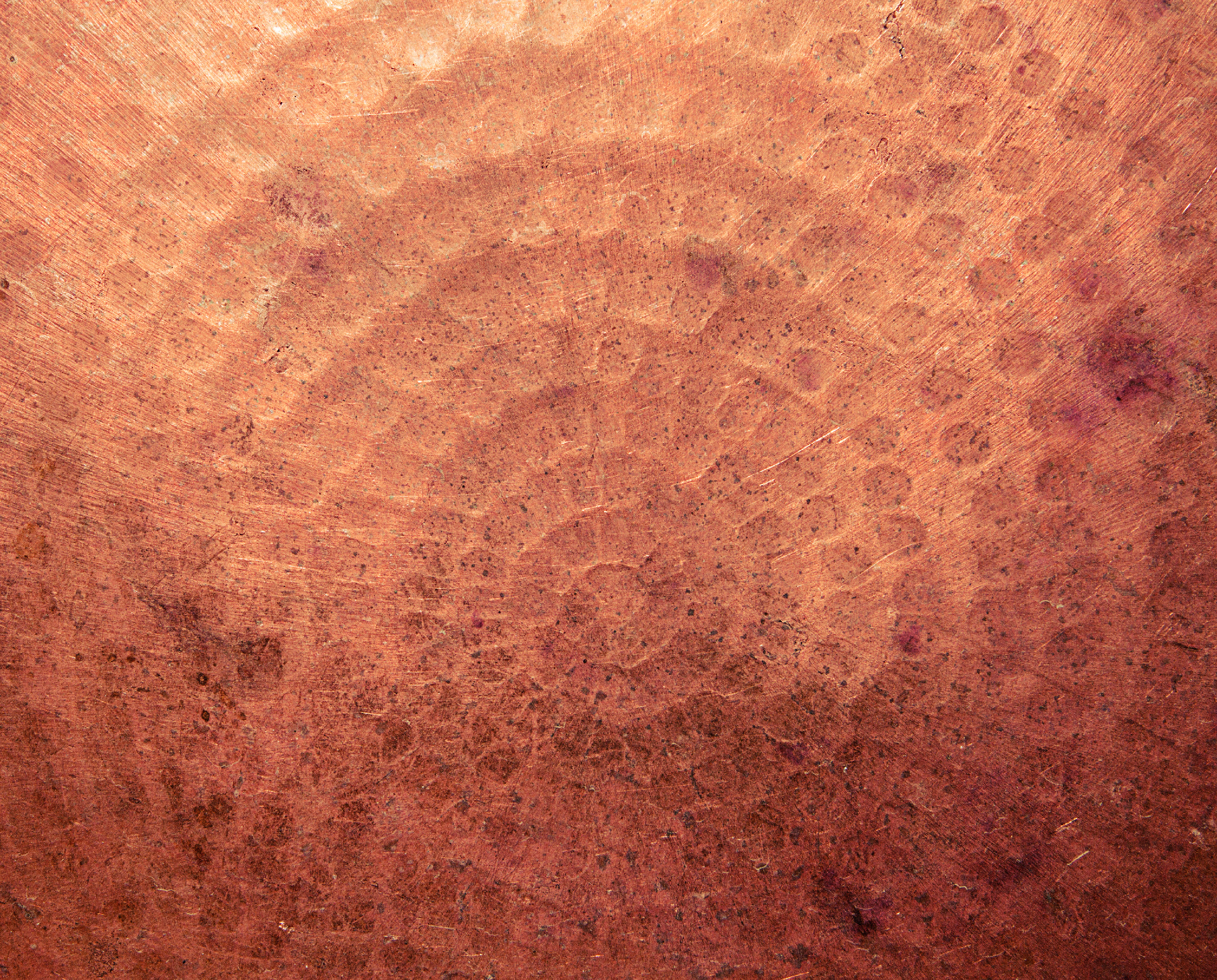Brass, Copper, Silver, Aluminium, Glass, or Steel?
A cezve can be made from a range of materials, including copper, brass, steel, aluminium, glass — even, occasionally, solid silver. Copper and brass cezves are common. Because it is such a good conductor of heat, copper has historically been used not just in cezve fabrications but also in espresso machine boilers. Copper’s thermal conductivity, of over 400 watts per meter by Kelvin (W/mK), compares with stainless steel’s 14 W/mK. The higher the number, the better the conductivity.
A copper boiler or pan transmits heat from the flame underneath it to the water inside it much more effectively than a steel one. Copper is also quick to cool down. In a video featuring Turkish Cezve champion, Turgay Yildizli, Emir Ali Enç, the founder of the Turkish cezve makers Soy Türkiye commented,
‘Copper reacts very quickly [to temperature]. If you have the mis-chance of using a steel cezve, you will see that even if you put out the fire, the [steel] is still hot.’
Brass is another popular material for cezves. Because brass is an alloy that contains copper, it retains some of the properties of copper. Its low melting point makes it easy to cast, and its relative softness and low friction make it easy to machine. Brass’s thermal conductivity depends on how much copper it contains, but it typically measures at around 111 W/mK. Brass has the advantage of being much harder and stronger than copper.
Stainless steel, however, is much stronger than either copper or brass. That makes steel harder to dent, but it also makes it harder to work and more brittle. Because brass is easier to machine and cast, it is cheaper to work with than steel, despite the higher cost of the raw materials. The beneficial properties of brass rely on the percentage of lead it contains (N Gane 1981). Without the lead,
